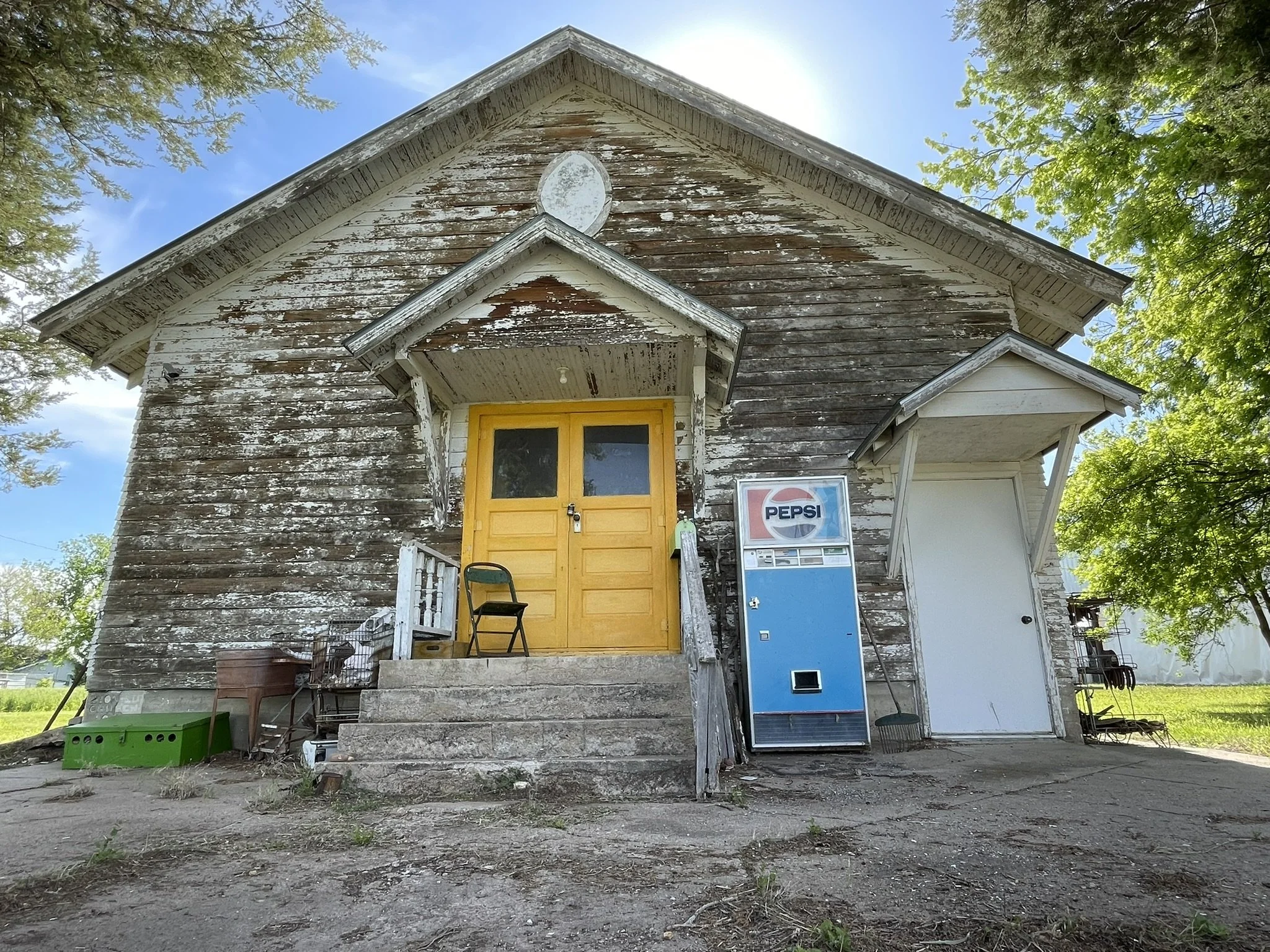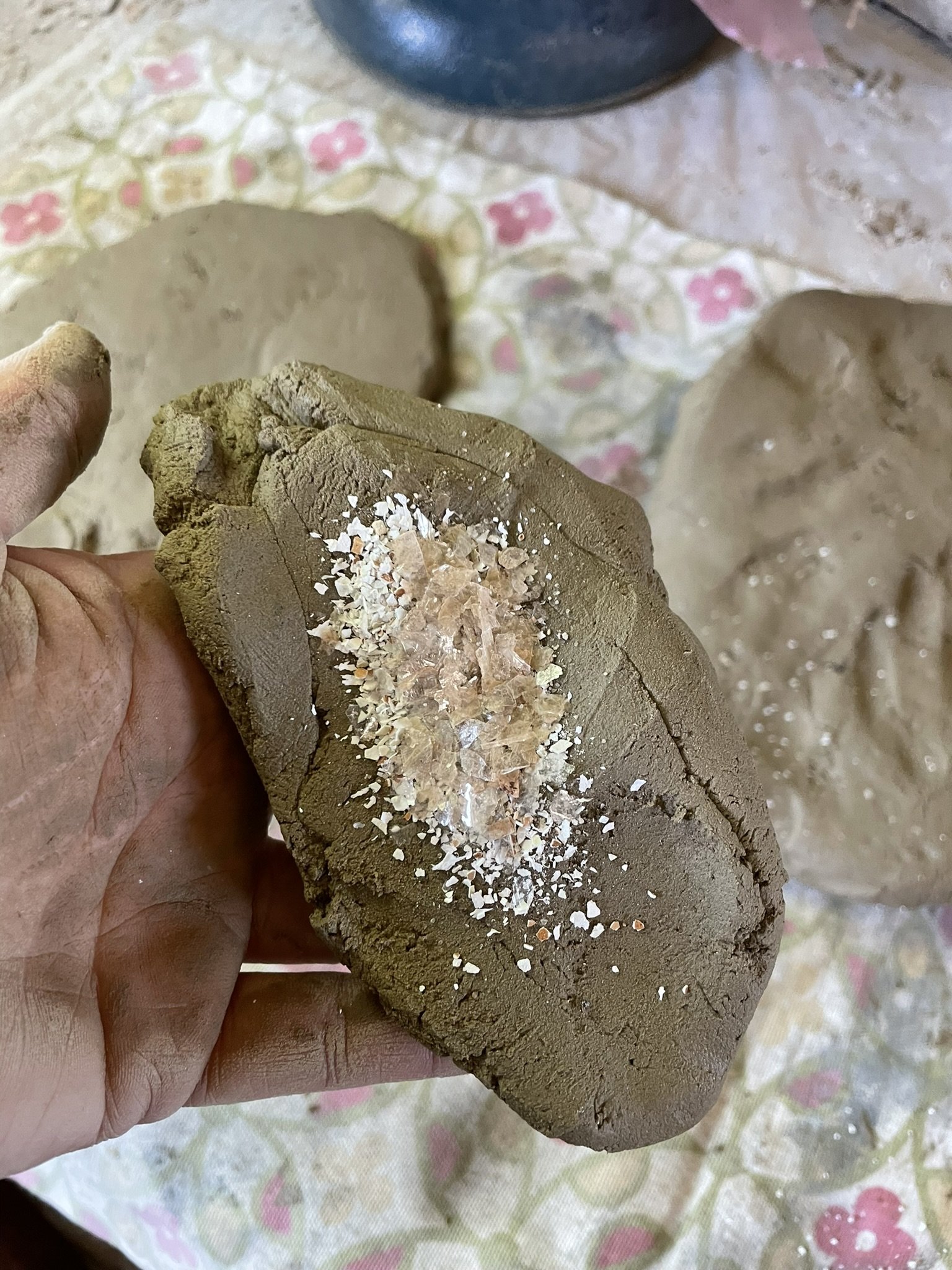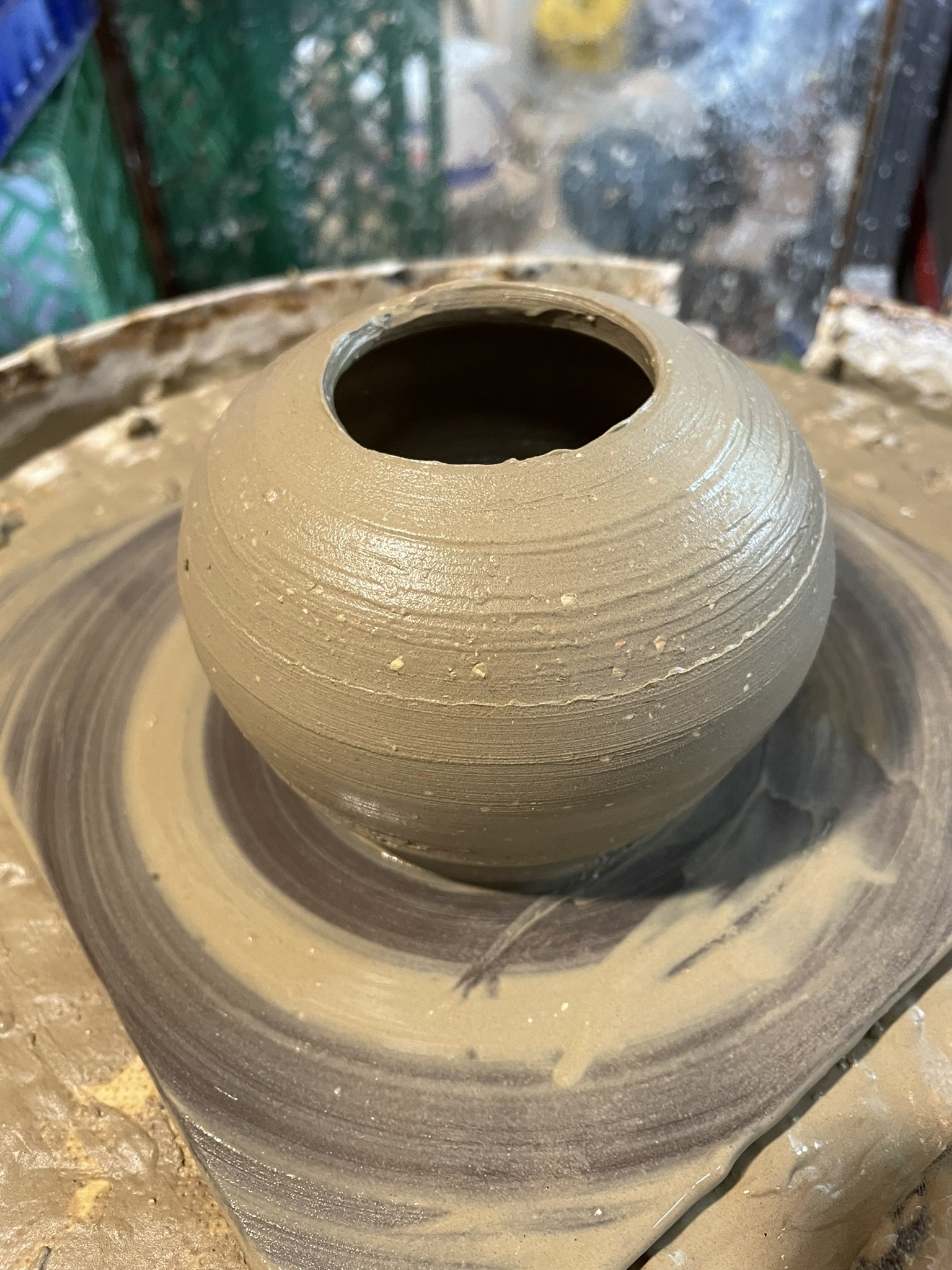This morning we sat in the hot tub at sunrise, watching billowy clouds rise up in the distance as rays of sunlight kissed their marshmallow tops. I was overcome with a need to touch them, so I said, “Lets go fly,” and we headed to the hangar. As Alec got the plane out, the clouds were draping the western horizon in a grey gauze. We took off but only flew for a few minutes. From the air we could see that the storm was moving in fast, and agreed that it looked ominous.
Ominous comes from the Latin word "omen," a sign or portent. Usually it’s used in a negative context, but I don’t always experience it that way. All morning I felt like the sky was trying to talk to me. Something that I needed was rising up. I can’t explain with words what the prairie feels like when the green earth whispers to the vitalizing sky, and it quivers and responds.
And how can I explain how it feels when the storm moves in, skies turning a dark gunmetal grey in the distance but the sun still shining on emerald fields? What can you do when you’re overwhelmed by it all? You stand out there in the open air, waiting for it, somewhere in your soul secretly begging for annihilation. Then the gust front hits at 40 miles an hour, taking your breath away as you run for cover from the rain and hail, laughing and crying at the same time.
There are no words, only emotions that have to be evoked through pure pigments and brush strokes. I don’t know any other way to express this. And so, this summer I’ll come back to painting my prairie skyscapes, because they’ve once again filled me up to bursting and I’m called to translate what they are saying to me.










